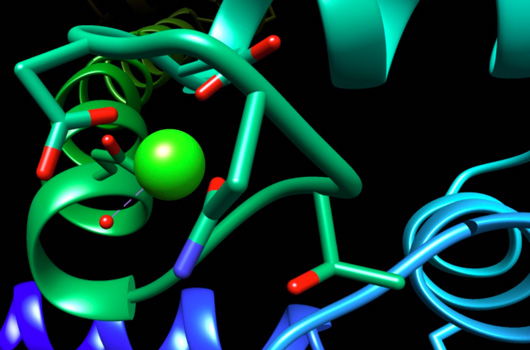The principles of metal chelation provide significant opportunities for drug design that go beyond traditional notions of chelation as metal sequestration and elimination. Exploring these other possibilities could lead to pharmacological interventions that alter the concentration, distribution, or reactivity of metals in targeted ways for therapeutic benefit. A good example is fragment-based lead design (FBLD) that has been used to identify new metal-binding groups for metalloenzyme inhibitors. This and other approaches exploit the presence of the metal ion in these enzymes for the development of synthetic small molecules with therapeutic potential.
Reaxense's Chelator Fragment Library comprises 1,602 small molecule fragments with chelating activity. The library is intended to be used for targeting metalloenzymes as well as for other FBLD-related projects that require chelating compounds.
Features
- 1,602 small molecule chelator fragments
- Each fragment contains at least 1 chelating group
- No pan-assay interference (PAINS) compounds
- Compounds with reactive and toxic groups filtered out
- High predicted water solubility (LogS > -5)
- High diversity over the library
- Each fragment contains at least 1 aromatic or aliphatic ring
- Purity >90%; spectral data available

